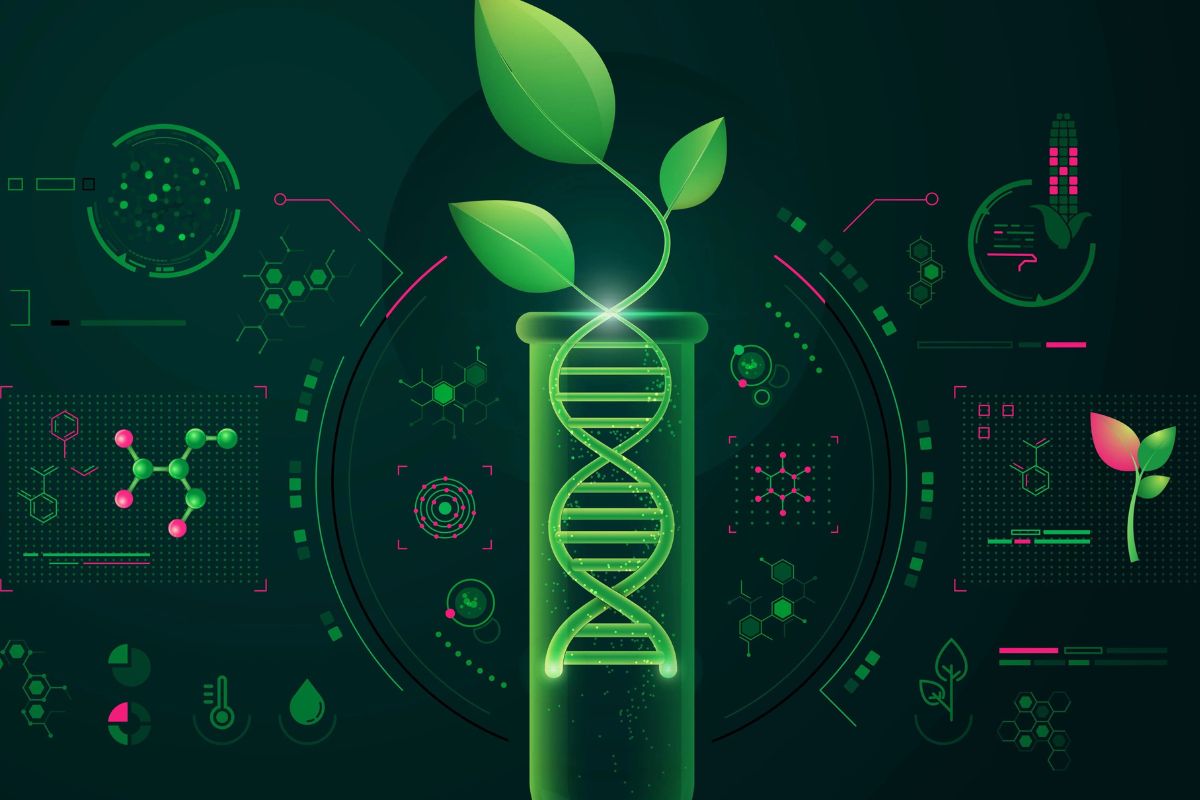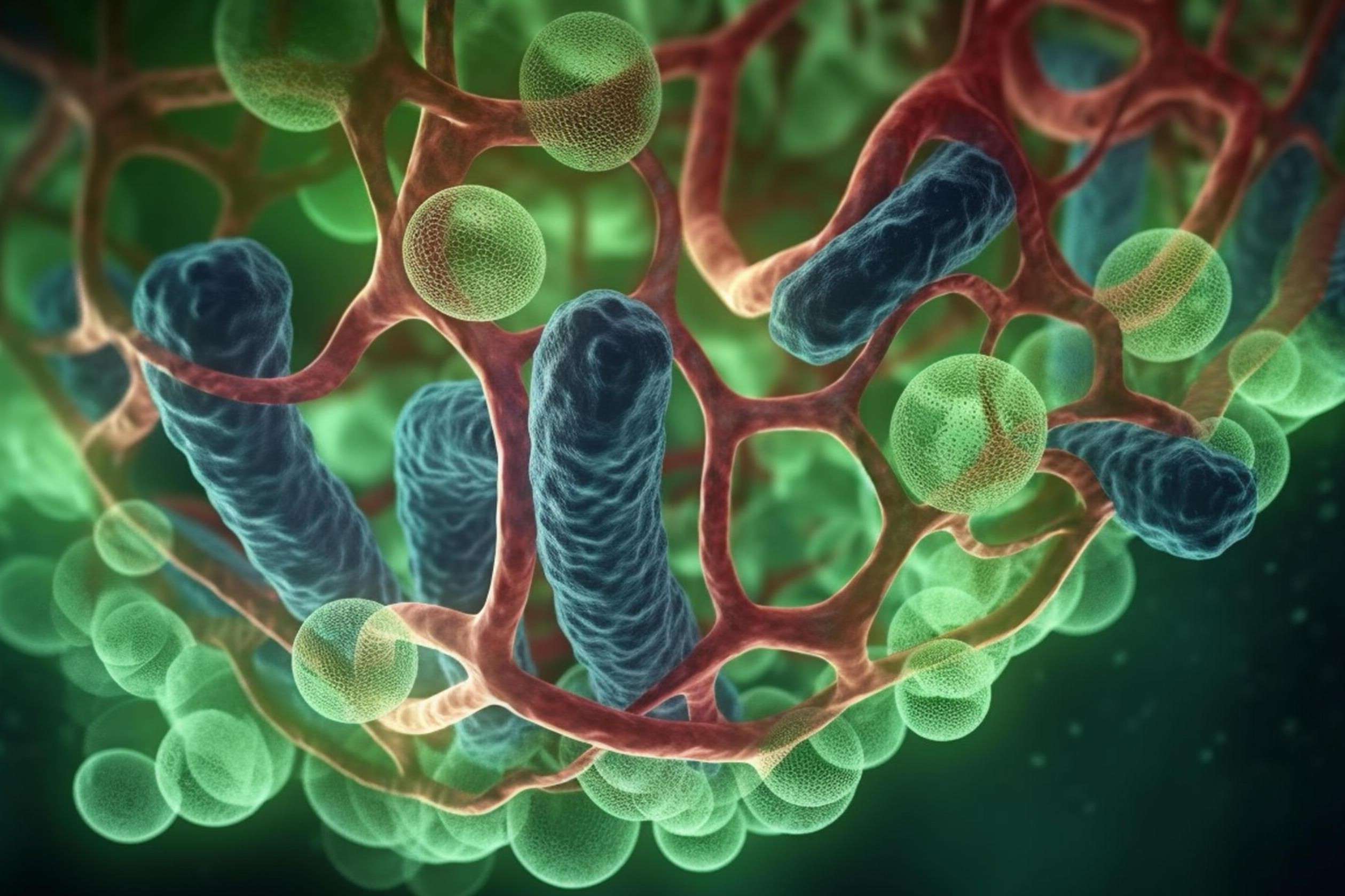
Genetic transformation is a fascinating process where an organism's genetic material is altered by introducing new DNA. This technique has revolutionized fields like medicine, agriculture, and biotechnology. Imagine crops resistant to pests or bacteria engineered to produce insulin. Genetic transformation makes these innovations possible. But what exactly happens during this process? How do scientists insert new genes into an organism? And what are the real-world applications and ethical considerations? In this post, we'll explore 34 intriguing facts about genetic transformation that will help you understand its impact and potential. Get ready to dive into the world of DNA and genetic engineering!
What is Genetic Transformation?
Genetic transformation involves altering an organism's DNA to change its traits. This process has revolutionized science, medicine, and agriculture. Here are some fascinating facts about genetic transformation.
-
Genetic transformation can be natural or artificial. Natural transformation occurs in some bacteria, while artificial methods are used in labs.
-
The first genetically modified organism (GMO) was a bacterium created in 1973 by Herbert Boyer and Stanley Cohen.
-
Genetic transformation is widely used in agriculture to create crops resistant to pests, diseases, and environmental conditions.
-
Bt corn is a genetically modified crop that produces a toxin to kill certain pests, reducing the need for chemical pesticides.
-
Golden Rice is a genetically modified rice variety enriched with Vitamin A, aimed at reducing vitamin deficiencies in developing countries.
-
Genetic transformation has led to the development of insulin-producing bacteria, providing a reliable source of insulin for diabetes patients.
-
CRISPR-Cas9 is a groundbreaking gene-editing technology that allows precise modifications to DNA, revolutionizing genetic research.
-
Gene therapy uses genetic transformation to treat or prevent diseases by inserting, altering, or removing genes within a patient's cells.
-
The first successful gene therapy was performed in 1990 on a four-year-old girl with severe combined immunodeficiency (SCID).
-
Genetic transformation is used in creating transgenic animals, such as mice, for research purposes to study diseases and test treatments.
Methods of Genetic Transformation
Various techniques are employed to introduce new genetic material into organisms. Each method has its unique applications and advantages.
-
Electroporation uses an electric field to create pores in cell membranes, allowing DNA to enter the cell.
-
Microinjection involves directly injecting DNA into the nucleus of a cell using a fine needle.
-
Biolistics, or gene gun, shoots microscopic particles coated with DNA into cells, commonly used in plant transformation.
-
Agrobacterium-mediated transformation exploits a natural process where the bacterium Agrobacterium tumefaciens transfers DNA to plants.
-
Liposome-mediated transformation uses lipid-based vesicles to deliver DNA into cells, often used in mammalian cell transformation.
-
Viral vectors are engineered viruses that deliver genetic material into cells, widely used in gene therapy.
-
Chemical transformation uses chemicals like calcium chloride to make cell membranes more permeable to DNA.
-
PEG-mediated transformation employs polyethylene glycol to facilitate DNA uptake by cells, commonly used in yeast and fungi.
Applications of Genetic Transformation
Genetic transformation has numerous applications across various fields, from medicine to environmental conservation.
-
In medicine, genetic transformation is used to develop vaccines, such as the Hepatitis B vaccine produced in yeast cells.
-
Genetic transformation helps create genetically modified animals that produce therapeutic proteins in their milk, such as goats producing antithrombin.
-
Environmental biotechnology uses genetic transformation to create microorganisms that can degrade pollutants, aiding in bioremediation.
-
Genetic transformation is used in synthetic biology to engineer microorganisms for producing biofuels, reducing reliance on fossil fuels.
-
In agriculture, genetic transformation creates crops with improved nutritional content, such as high-lysine corn.
-
Genetic transformation helps develop disease-resistant livestock, reducing the need for antibiotics and improving animal welfare.
-
Genetic transformation is used in aquaculture to create faster-growing fish, such as genetically modified salmon.
-
Genetic transformation aids in the conservation of endangered species by creating genetically diverse populations through cloning and gene editing.
Ethical Considerations and Controversies
While genetic transformation offers numerous benefits, it also raises ethical questions and controversies.
-
Concerns about GMOs include potential environmental impacts, such as gene flow to wild relatives and loss of biodiversity.
-
Ethical debates surround gene editing in humans, particularly germline editing, which can be passed on to future generations.
-
The use of genetic transformation in creating designer babies, with selected traits, raises moral and societal concerns.
-
Regulatory frameworks for genetic transformation vary globally, with some countries having strict regulations and others more lenient.
-
Public perception of genetic transformation is mixed, with some embracing the technology and others expressing skepticism and fear.
-
Intellectual property rights and patenting of genetically modified organisms raise questions about access and control over genetic resources.
-
The potential for bioterrorism using genetically modified organisms is a concern, prompting discussions on biosecurity measures.
-
Ongoing research and dialogue are essential to address the ethical, social, and environmental implications of genetic transformation.
Genetic Transformation: The Final Word
Genetic transformation is a game-changer in science. It allows scientists to alter an organism's DNA, leading to breakthroughs in medicine, agriculture, and environmental conservation. By understanding how genes can be transferred and expressed, researchers can develop crops resistant to pests, create treatments for genetic disorders, and even clean up pollutants using genetically modified bacteria.
This technology isn't without controversy. Ethical concerns and potential risks need careful consideration. However, the benefits are undeniable. Genetic transformation has already led to significant advancements and holds promise for future innovations.
Staying informed about these developments is crucial. As technology evolves, so will its applications and implications. Whether you're a student, a scientist, or just curious, keeping up with genetic transformation can help you understand its impact on our world.
Was this page helpful?
Our commitment to delivering trustworthy and engaging content is at the heart of what we do. Each fact on our site is contributed by real users like you, bringing a wealth of diverse insights and information. To ensure the highest standards of accuracy and reliability, our dedicated editors meticulously review each submission. This process guarantees that the facts we share are not only fascinating but also credible. Trust in our commitment to quality and authenticity as you explore and learn with us.


